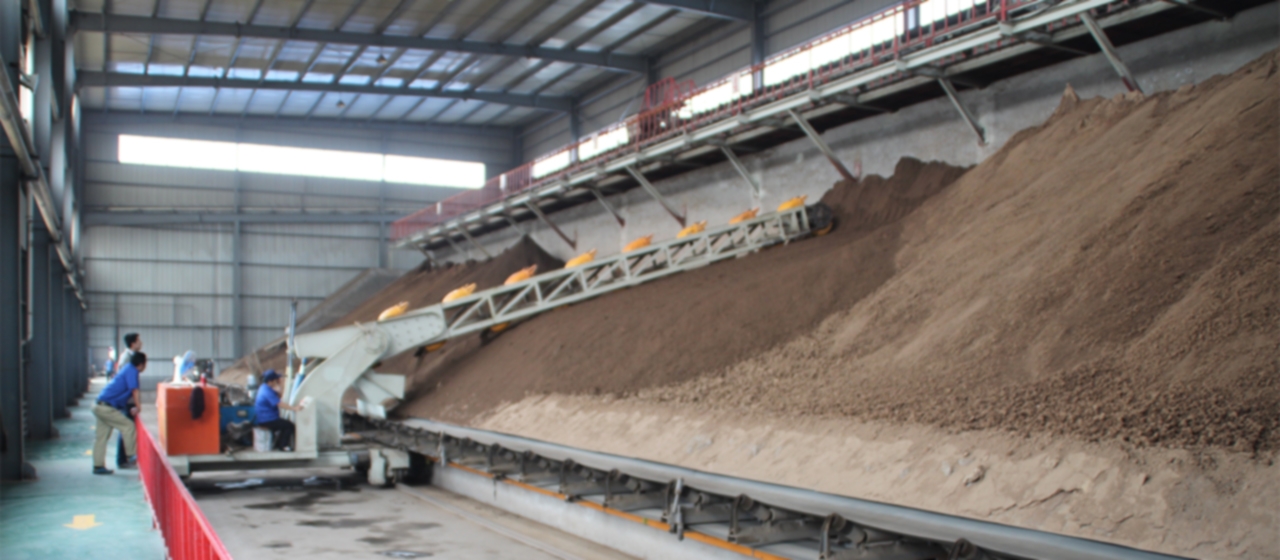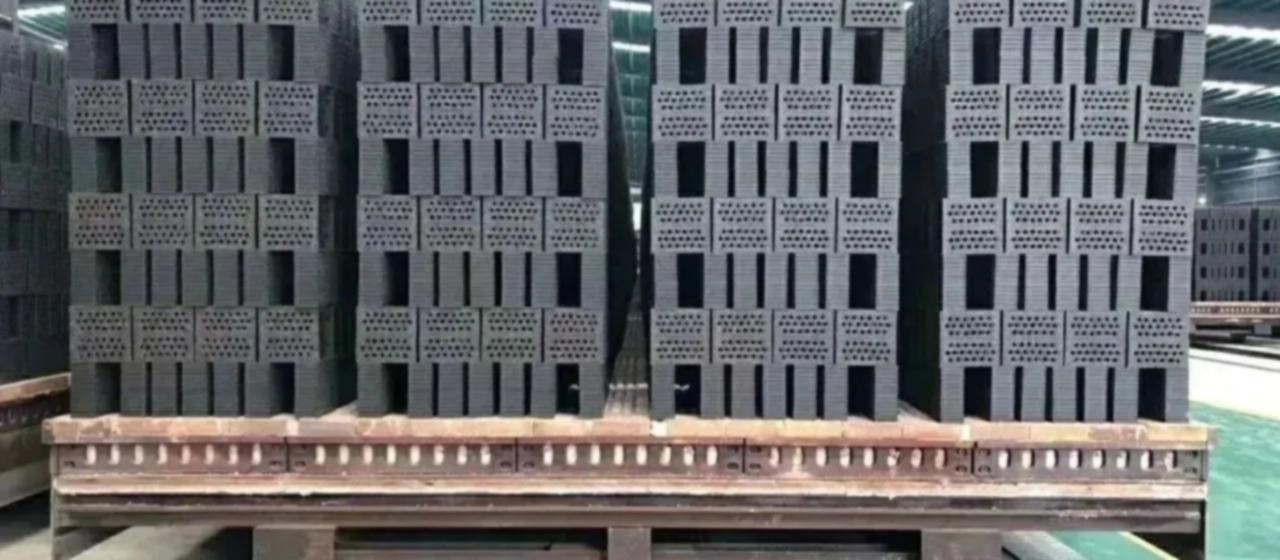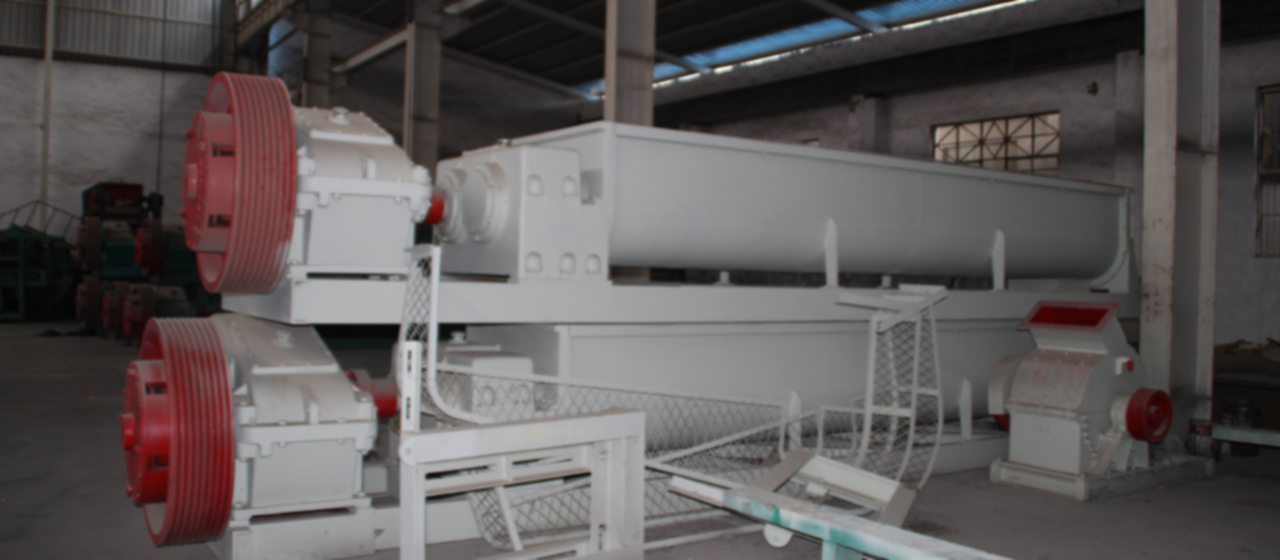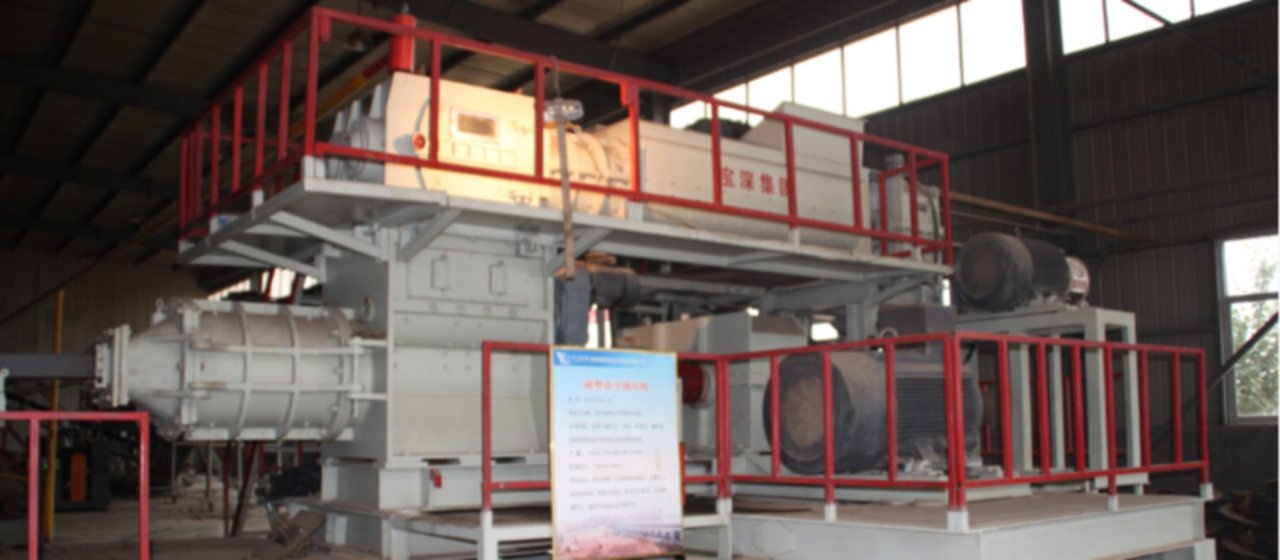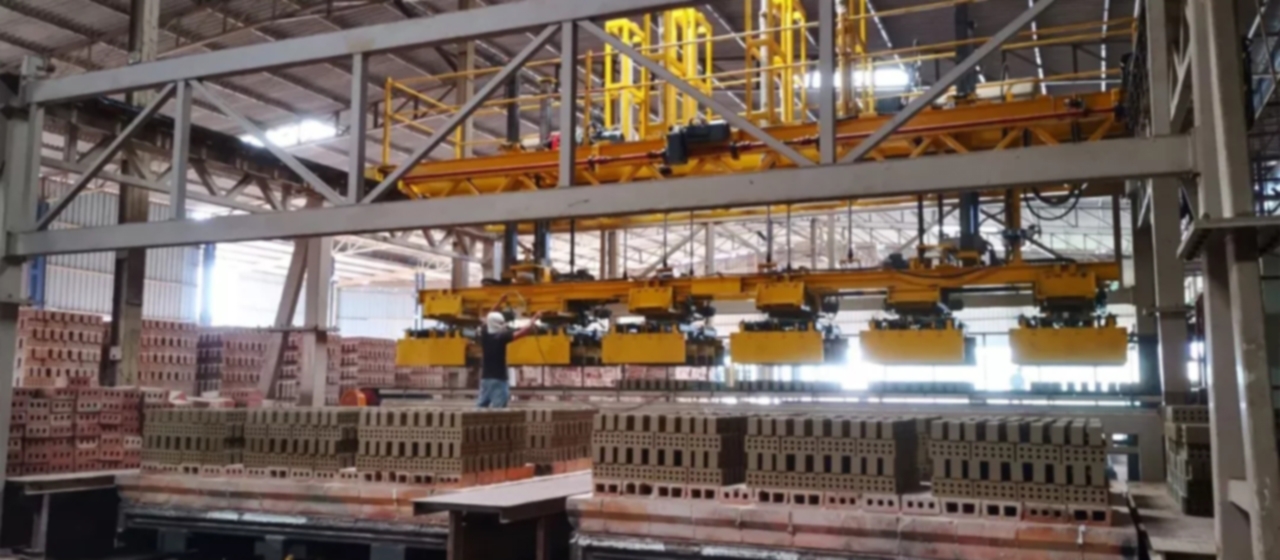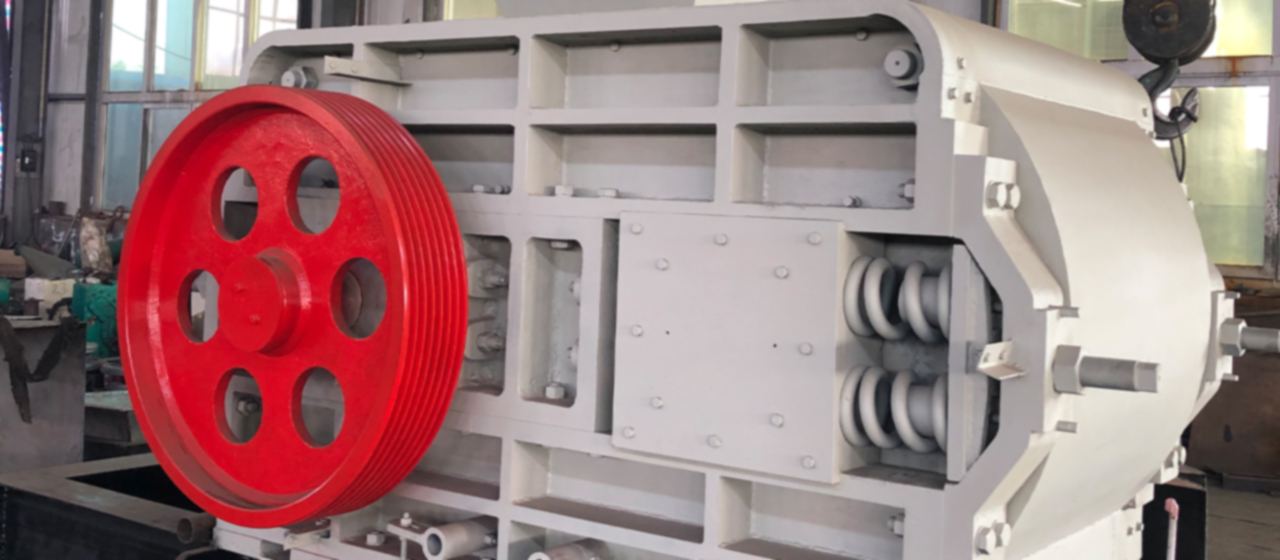the raw materials After aging with good bricks china
With the continuous development of wall material reform in our country, the raw materials for producing sintered bricks are gradually changing from clay to new types of raw materials such as coal gangue, shale, fly ash, and river silt. This type of new material is also used throughout the country to construct sintered brick production lines, especially in the production of sintered bricks using coal gangue and shale as raw materials, which have been widely used. Sintered products have also evolved from traditional standard bricks to various specifications of sintered products such as sintered porous bricks, sintered hollow bricks, and sintered insulation blocks. However, the use of new materials has brought new problems: many brick factories are facing an awkward situation of difficulty in producing qualified products. The raw materials that used to be able to produce standard bricks cannot produce porous bricks, hollow bricks, or the products produced have poor appearance and quality, which cannot meet the national standard requirements. There are no problems with the brick making equipment and kiln, but they are suffering huge losses. What is the reason? How can good bricks be fired? The key to solving this problem lies in the aging of raw materials.
One of the functions of aging is to improve the plasticity of raw materials. Raw material aging, also known as stuffy storage, aims to loosen the raw material particles, loosen the mud, and homogenize the water, allowing the surface water of the particles to penetrate into the interior of the particles. This allows uneven or poorly stirred raw materials to achieve uniform and consistent water content through mutual penetration, improving the physical properties of the raw materials and facilitating extrusion molding. The main raw materials we use, such as coal gangue, silt, construction waste, shale, etc., each have their own characteristics, and even the same named raw materials will have significant differences in performance due to regional differences. This requires some way to achieve the best brick making effect of the above raw materials and achieve modification of the raw materials. The aging of raw materials is currently the best solution to meet this requirement. Generally speaking, the shortest time for aging is 72 hours, otherwise the aging effect cannot be achieved.
After aging, the raw materials are more convenient to form (good plasticity, easy to form, less cracks, low extrusion pressure, etc.), resulting in an improvement in the quality of brick billets (smooth surface, good compactness, less prone to cracking, etc.), and a corresponding increase in the qualification rate of forming (low waste rate).
The second function of aging is to store raw materials. Most regions in our country have a period of rainy season every year. If there are not enough raw materials to ensure production, it will inevitably bring serious losses. This requires a multi pronged approach, not only to properly store materials in the raw material yard, but also to properly store materials during the aging process. At the same time, it avoids the occurrence of “one stop, all stops” due to a device malfunction, providing an important guarantee for maintaining continuous and normal production.
The aging of raw materials must meet four conditions: particle size, moisture content, time, and temperature. The finer the particle size, the better its aging effect (the smaller the particle size, the easier it is for the surface moisture of the particle to penetrate into the interior). Moreover, after aging, the fine powder content of the mud will increase, because some larger particles absorb water and disperse into smaller particles. The longer the mud aging time, the higher the content of fine powder. The plasticity of block like raw materials such as shale and coal gangue is reflected through refinement. The finer the particles, the higher the plasticity index. The aging of mud cannot be separated from moisture. Within a certain range, the higher the moisture content of mud, the better its aging effect. But the moisture content of the sludge in Chenhuaku is determined by the formed moisture content, that is, its highest moisture content should be less than or equal to the formed moisture content. Especially in the hard plastic forming process, the requirements for the moisture content of the mud are stricter, because once the moisture content of the mud is too high, it will cause deformation of the bottom brick of the kiln car. Therefore, during the production process, it is generally required that the moisture content of the mud entering the aging warehouse is close to or reaches the molding moisture content, which is the best. Why does the addition of water result in plasticity when raw materials are crushed into powder and do not exhibit plasticity? The capillary force and mutual adsorption between particles are the fundamental causes of plasticity. The plasticity reflected by clay is commonly referred to as “viscosity”, which means that water molecules and clay particles form a gel like body. This shows that water undoubtedly plays a “liquid gel” role in the clay particles.
Time is another important factor affecting the aging effect of clay. The longer the aging time, the better the effect; The longer the aging time, the lower the molding extrusion pressure. The reason is that the amount of fine powder increases, and finer particles will reduce friction resistance; The water penetration is uniform and consistent. After being squeezed by the extruder, the water will run to the surface of the particles, and all the surfaces of the particles are covered with a layer of “water coat”. Water molecules can play a good lubricating role between the material particles and wear-resistant materials. In theory, the longer the aging time, the better, but as time goes on, the improvement in its aging effect is no longer significant (or very slow). Currently, the industry generally believes that aging time of 72 hours is sufficient. Temperature also plays a crucial role in the aging effect of clay. Based on our years of production experience, the mud from the same factory, under the same aging conditions, is better to use in summer than in winter. The mud stirred with hot water has a much better aging effect than cold water. At present, our design generally requires that the ambient temperature of the aging warehouse should not be lower than 10 degrees.
After aging, the material is generally discharged using a multi bucket excavator. This equipment can achieve that the material in the advanced warehouse is discharged first, and the material in the later warehouse is discharged later. It has good stability and economy, and is currently the most popular aging method at home and abroad.
The complexity and diversity of brick raw materials and varieties determine that brick and tile production enterprises inevitably consider the selection of aging warehouses during the construction process.

